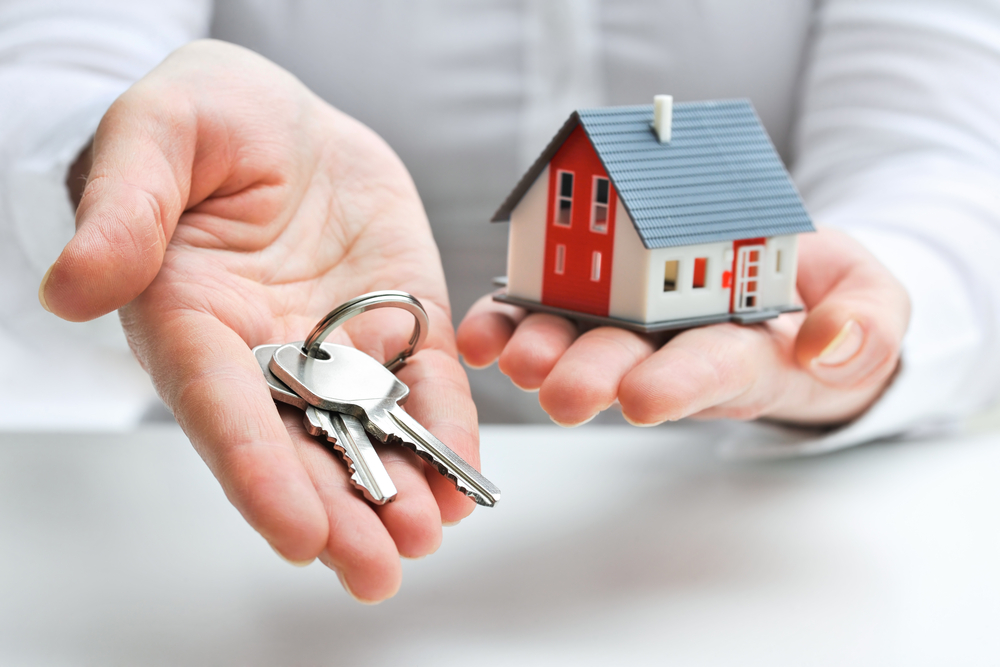Owning a home is a lifelong dream. The sense of security and accomplishment that comes with homeownership is unparalleled. However, turning this dream into reality often requires careful planning, saving, and financial management. This becomes even more critical when you decide to build a flat or apartment from scratch. In this article, we will explore the homeowner’s financial toolkit, discussing essential steps and strategies for saving and financing a flat build.
Define Your Budget
The first step in your homebuilding project is to set a realistic budget. Building a flat is a significant financial commitment, and understanding your financial limitations is crucial. Begin by assessing your current financial situation, including your income, savings, and existing debts. This will help you determine how much you can comfortably allocate to your flat build without straining your finances.
Remember to account for all potential expenses, including construction costs, permits, utilities, landscaping, and interior furnishing decorations. Have a clear picture of the entire project’s cost to avoid surprises down the road. Consider working with a financial advisor or a homebuilder to provide you with valuable insights into estimating your budget accurately.
Establish an Emergency Fund
Before embarking on a flat build, ensure you have an adequate emergency fund in place. This fund should cover unexpected expenses, such as construction delays, unforeseen repairs, or personal emergencies that could affect your ability to finance the project. Experts recommend that you should have at least three to six months’ worth of living expenses set aside as an emergency fund.
Save for a Down Payment
Saving for a substantial down payment is essential when financing your flat build. A larger down payment reduces the amount you need to borrow, potentially lowering your monthly mortgage payments and interest costs. Aim for a down payment of at least 20% of the total project cost. If you can save more, it will give you greater financial flexibility and may even help you secure a better mortgage rate.
Check your Ownership Eligibility
Eligibility for owning a flat plays a pivotal role in financing the construction of your flat. Prospective flat owners typically need to meet certain criteria, including a stable source of income to cover mortgage payments, satisfactory credit history to secure a loan, and compliance with the legal age for property ownership.
Eligibility criteria vary with different jurisdictions. In Singapore for example, it is important to check your HFE status to understand your loan and grant eligibility. Meeting these eligibility requirements enhances your chances of obtaining favorable financing terms, such as lower interest rates and longer repayment periods. Ultimately, financial eligibility is a crucial starting point for individuals embarking on the journey to construct and own a flat.
Explore Mortgage Options
Once you’ve determined your budget and saved for a down payment, it’s time to explore your mortgage options. There are various types of mortgages available, each with its terms and interest rates. You should research and compare the different lenders to find the best mortgage that suits your needs and financial situation.
Consider whether a fixed-rate or adjustable-rate mortgage is more suitable for you. Fixed-rate mortgages offer stability, with consistent monthly payments, while adjustable-rate mortgages may have lower initial rates but come with the risk of fluctuating payments over time.
Secure Pre-Approval
Before starting the construction process, it’s advisable to secure pre-approval for your mortgage. Pre-approval not only gives you a clearer understanding of your borrowing capacity but also demonstrates your seriousness to potential builders and sellers. Sellers are often more inclined to work with buyers who have pre-approval because it indicates that financing is likely to be secured.
Consider Green Financing
If you’re interested in eco-friendly building practices or energy-efficient upgrades, explore green financing options. Some lenders offer special programs or incentives for environmentally sustainable projects. These initiatives can not only help you save on energy costs in the long run but also reduce your environmental footprint.
Plan for Post-Construction Expenses
Don’t forget to account for post-construction expenses, such as property taxes, homeowners’ association fees, and ongoing maintenance and repairs. These costs can add up over time, so include them in your long-term financial planning.
Conclusion
Building a flat or apartment from scratch is a significant financial undertaking, but with careful planning and the right financial toolkit, it’s a goal that can be achieved. Remember that homeownership is not just about building a flat; it’s also about managing your finances effectively over the long term. By following these steps and staying financially disciplined, you can turn your dream of owning a flat into a reality and enjoy the security and satisfaction that comes with it.

